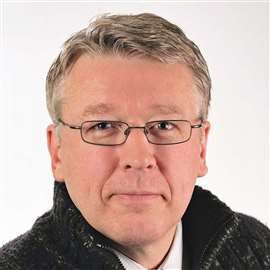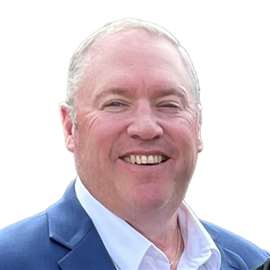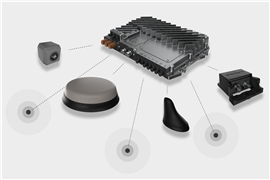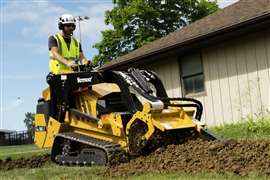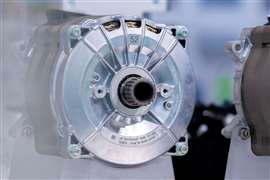Read this article in Français Deutsch Italiano Português Español
Norrhydro seeks to reinvent hydraulics
25 June 2025
The company’s digital hydraulic solutions are designed to dramatically improve productivity and energy efficiency
Some might be surprised to learn that the sparsely populated country of Finland – which boasts roughly 5.6
POWER SOURCING GUIDE
The trusted reference and buyer’s guide for 83 years
The original “desktop search engine,” guiding nearly 10,000 users in more than 90 countries it is the primary reference for specifications and details on all the components that go into engine systems.
Visit Now
STAY CONNECTED




Receive the information you need when you need it through our world-leading magazines, newsletters and daily briefings.
CONNECT WITH THE TEAM

